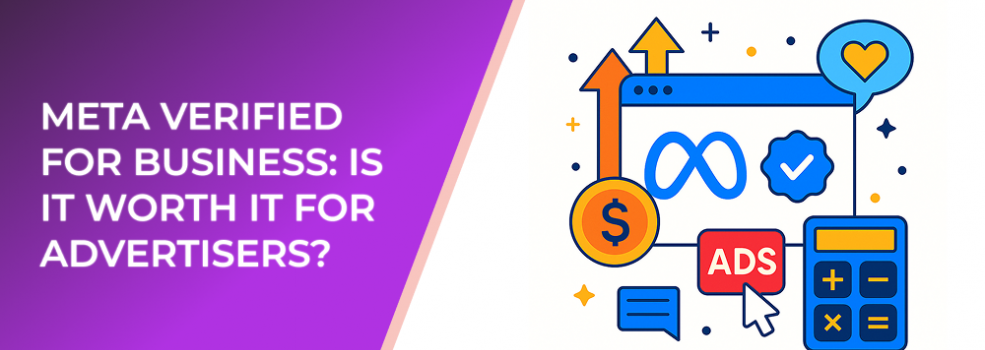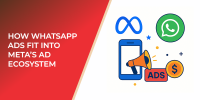When Meta (the parent company of Facebook and Instagram) introduced Meta Verified for Business in 2024, it promised more credibility, better support, and enhanced visibility. But as with many of Meta’s features, marketers are asking: Is it truly valuable or just another optional upgrade?
What Is Meta Verified for Business?
Meta Verified for Business is a subscription service that gives company pages access to verification badges, impersonation protection, improved customer support, and increased discoverability in Meta apps. Businesses can subscribe per platform or bundle verification for both Facebook and Instagram.
As of mid-2025, pricing starts around $14.99/month per platform for individual pages and scales higher for brands managing multiple profiles.
What You Actually Get
Here’s what’s included in Meta Verified for Business:
-
Verified Badge: Adds the blue checkmark, signaling authenticity and helping build trust with potential customers.
-
Impersonation Protection: Meta monitors for fake accounts or impostors using your brand’s name.
-
Access to Real Human Support: Businesses get priority chat support—a major upgrade from Meta’s notoriously slow help channels.
-
Search and Comment Prioritization: Verified pages are more likely to appear in search results and top comment sections.
-
Profile Optimization Tools: Early testers report improved access to analytics and page insights.
While these sound impressive, not all features have equal impact for advertisers.
The Pros for Advertisers
-
Instant Credibility – According to Sprout Social, 70% of consumers are more likely to buy from a verified or trusted brand account. The badge signals legitimacy, which can improve ad engagement and organic conversion rates.
-
Priority Support – Meta’s ad managers often struggle with unresolved account issues. Verified businesses get faster help, potentially saving thousands in lost campaign time.
-
Improved Discoverability – With visibility boosts in search and recommendations, verified brands may see 5–10% higher organic reach on posts and ads, based on early test data.
The Cons—and Why It Might Not Be Worth It for Everyone
-
Cost Adds Up Quickly: For businesses managing multiple regional or product pages, monthly fees can escalate fast.
-
Unclear ROI: While credibility improves, direct ad performance gains aren’t guaranteed. Meta hasn’t shared concrete data proving verified pages perform significantly better in conversions or ROAS.
-
Not a Substitute for Strategy: Verification doesn’t replace strong targeting, compelling creative, or audience insights—all essential for performance.
For small advertisers or agencies running short-term campaigns, the badge might not deliver tangible returns. However, for brands prioritizing trust and reputation—especially those in e-commerce, finance, or services—it can be a solid credibility investment.
How Advertisers Should Approach It
Think of Meta Verified as a brand trust layer, not an ad performance booster. If your campaigns already deliver consistent ROAS and your social presence drives customer inquiries, verification strengthens that ecosystem.
But if your biggest issue is low CTR or poor targeting, you’ll get more ROI by refining your ad setup first. Check out Facebook Ads Not Converting: How to Fix It for detailed optimization guidance.
The Future of Paid Verification
Meta is expanding Verified into new business tools—like verified reviews and exclusive ad placements—potentially making the badge more powerful over time.
Given Meta’s push to monetize trust and identity, advertisers may soon find verification influencing ad delivery and engagement rates more directly.
For now, Meta Verified for Business is worth considering for established brands and optional for smaller advertisers still refining their marketing funnels.
Final Thoughts
Meta Verified isn’t a game-changer yet—but it’s not a gimmick either. It enhances trust, speeds up support, and might slightly improve reach. For advertisers, its true value lies in brand perception, not just performance metrics.
As Meta continues to evolve the program, its impact could grow. For now, it’s a tool best used by brands that already have strong ad foundations and want to reinforce credibility.
Suggested reading:

